Fix: CD/DVD Drive Not Showing Up in Windows Explorer
The Windows Operating System assigns one letter of the alphabet to every single drive attached to a computer. The CD or DVD ROM attached to a computer is also assigned a letter and appears as a drive in My Computer and all other areas of Windows Explorer. However, in some cases, the CD or DVD drive may disappear entirely from Windows Explorer. The drive sometimes won’t even show up in the device manager. This problem is far more common than you might think and can create serious issues, especially if you need to access your DVD/CD immediately.
The error is most likely caused by a problematic driver. If the problem started just after the Windows update, then the issue might be the new driver. On the other hand, if the problem began without any changes in the computer, then the drivers might be corrupted or outdated. There is a slight chance that the issue is caused by a hardware problem as well. So, don’t rule that out.
Here is a list of methods that will help you solve the issue.
Here are some tips.
- Make sure your DVD/CD disk drive is working. The drive should have a light in front of it. If the light doesn’t blink or turn on when you insert your DVD, then the issue might be a hardware one. If there isn’t any light, try to listen for sound. You should be able to hear the sound of your DVD/CD spinning.
- If you do find an issue with the DVD/CD disk drive, open the casing of your system and ensure that your DVD/CD drive is properly fitted and wires are connected. There should not be any loose connections.
- Restart your computer. Sometimes, there aren’t any issues. A simple reboot of the machine fixes the problem.
- Run Windows’ own built-in troubleshooter.
- Hold the Windows key and press R.
- Type “control.exe /name Microsoft.Troubleshooting” and press Enter.
- Click on ‘Configure a device’ under ‘Hardware and Sound.’
- Click ‘Next.’
Method 1: Delete the UpperFilters and LowerFilters entries from the registry.
There are a few registry values that you can change to fix this issue. This solution is complicated, and since you are going to make some changes to a sensitive part of your system, it is better to first create a backup and have a way to return to your current state if things go wrong.
Back up the registry.
Here’s how you can create a backup of your System Registry:”.
- Open the Run dialog box by pressing the Windows key and R key simultaneously.
- Type “regedit” in the box, and press Enter or click “OK.
- Now, navigate to this address: HKEY_LOCAL_MACHINE\SYSTEM\CurrentControlSet\Control\Class\{4D36E965-E325-11CE-BFC1-08002BE10318}. If you don’t know how to navigate to this path, then follow the steps given below.
- Locate and double-click HKEY_LOCAL_MACHINE in the left pane.
- Locate and double-click “SYSTEM” from the left pane.
- Locate and double-click ‘CurrentControlSet’ in the left pane.
- Locate and double-click ‘Control’ in the left pane.
- Locate and double-click ‘Class’ from the left pane.
- Locate and single-click {4D36E965-E325-11CE-BFC1-08002BE10318} from the left pane.
- Select this file, and then click ‘File’ at the top.
- Then, click ‘Export’ and select the location on your system where you wish to back up this registry file.
- Assign an identifiable name to the backup and click Save to create the backup.
If you have made a mistake and wish to recover an existing registry backup, you can easily do so by following these steps:
- Open the Run dialog box by pressing the Windows key and R.
- Type “regedit” in the box, and press Enter or click “OK.
- In the registry editor, click on the File from the toolbar, and then click.
- Go to the location where you have stored the backup file, left-click the file, and then click ‘Open,’ or simply double-click the file.
Delete the UpperFilters and LowerFilters strings. Now that you know how to back up and recover files, and hopefully you have created a backup of the aforementioned file, let’s proceed to make the changes and fix the original issue.
- Open the Run dialog box by pressing Windows + R.
- Type “regedit” in the box, then press Enter or click “OK.
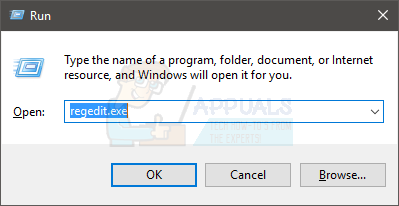
- Now, navigate to this address: HKEY_LOCAL_MACHINE\SYSTEM\CurrentControlSet\Control\Class\{4D36E965-E325-11CE-BFC1-08002BE10318}. If you don’t know how to navigate to this path, follow the steps given below.
- Locate and double-click HKEY_LOCAL_MACHINE in the left pane.
- Locate and double-click “SYSTEM” from the left pane.
- Locate and double-click ‘CurrentControlSet’ from the left pane.
- Locate and double-click Control from the left pane
- Locate and double-click ‘Class’ from the left pane.
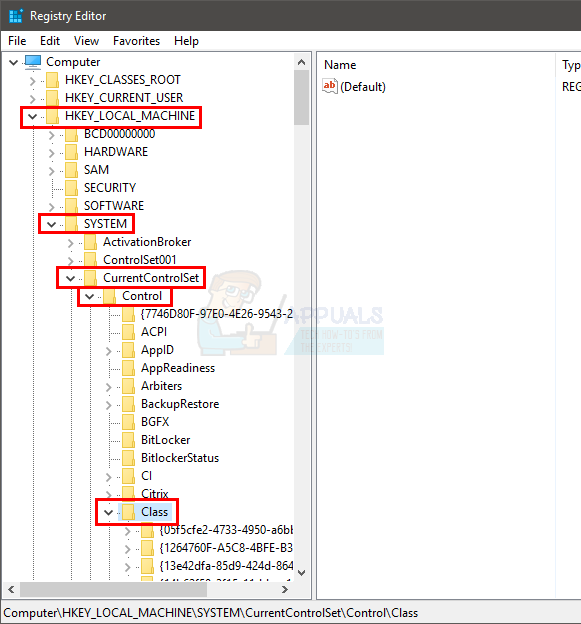
- Locate and single-click {4D36E965-E325-11CE-BFC1-08002BE10318} in the left pane.
- In the right-hand pane, locate the UpperFilters and LowerFilters strings. If you can see both, proceed with the following instructions. If you cannot, then move on to the latter part of this solution.
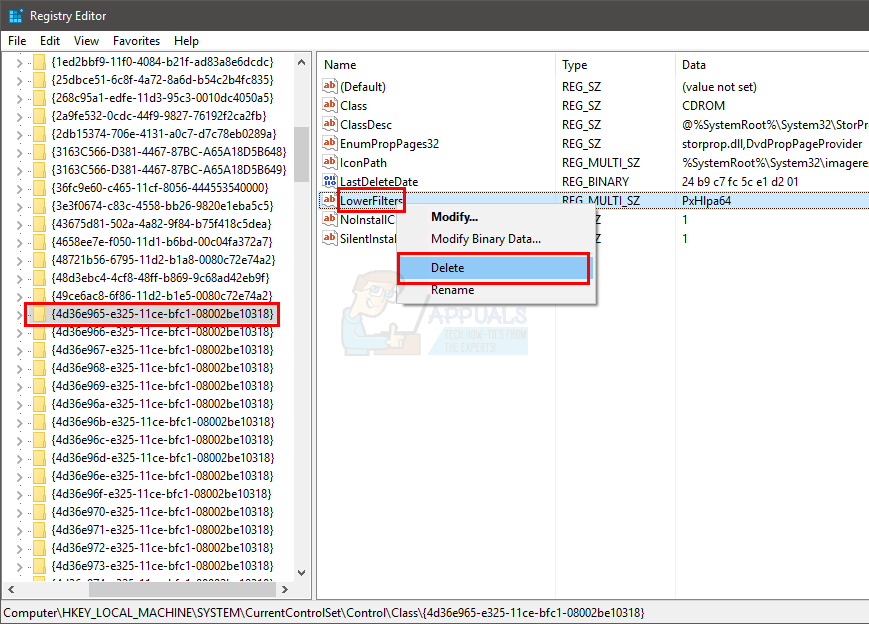
- Select both strings by holding CTRL and left-clicking on each of them one by one.
- Then, right-click and select “Delete.” If prompted for confirmation, press “Enter.
If you cannot see the UpperFilters and LowerFilters, then you will have to create the strings. Here’s how:
- You need to go to this path now: HKEY_LOCAL_MACHINE\SYSTEM\CurrentControlSet\Services\atapi. Follow these steps to navigate to this path.
- In the left pane, scroll up until you find the CurrentControlSet folder. This folder should already be expanded. If it isn’t, double-click it.
- Locate and double-click ‘Services’ from the left pane. This should be one of the subfolders of the ‘CurrentControlSet’.
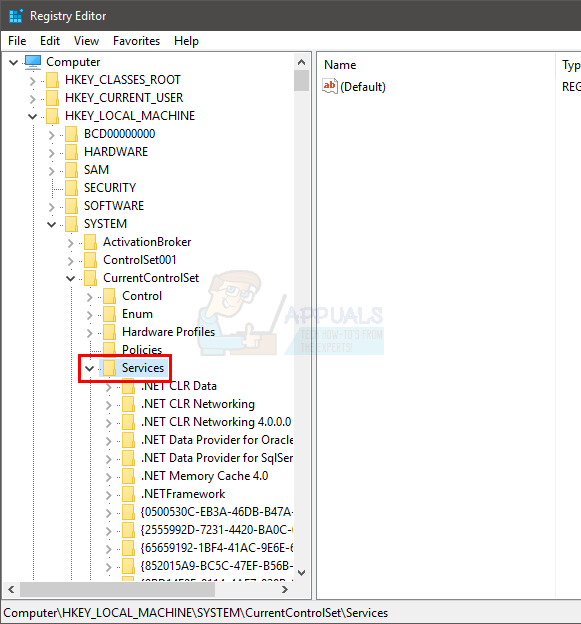
- Locate and select ‘atapi’ from the left pane.
- Once you click the ATAPI on the left-hand side, move your cursor to an empty space in the right-hand pane, and right-click.
- Click “New” and select “Key.
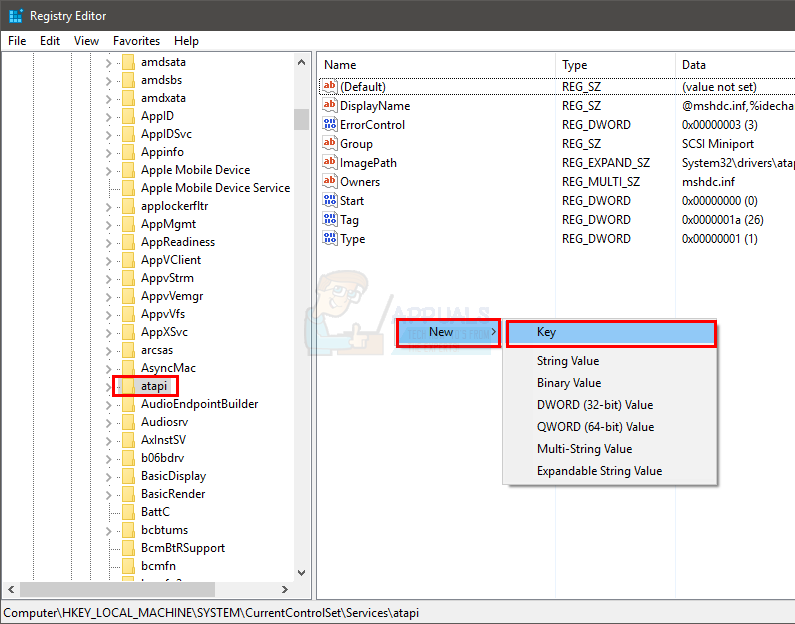
- Name this key “Controller0” (It is case-sensitive; ensure to type capital and small letters exactly the same).
- Press Enter, and the key will be created. It will then appear under ‘atapi’ in the left-hand pane.
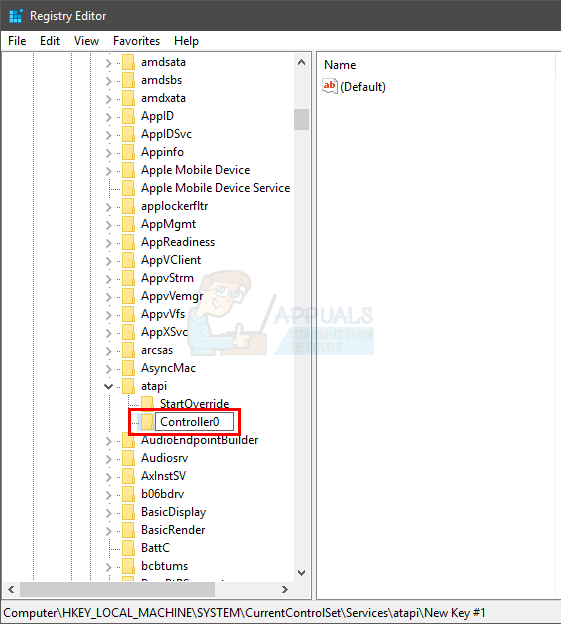
- Left-click and select the newly created Controller0 from the left pane.
- With Controller0 selected, move the cursor back to the right-hand pane and right-click on an empty space.
- Click ‘New’ and then select ‘DWORD (32-bit) Value’ from the list.
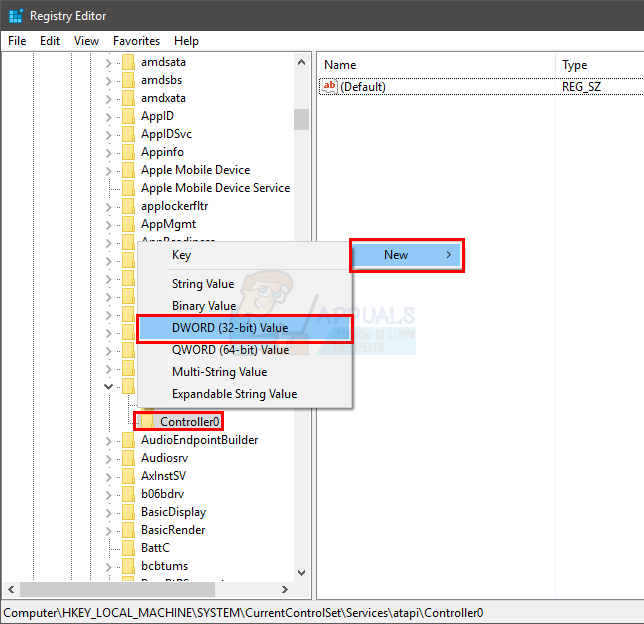
- Set the name of this variable as EnumDevice1 (this is also case-sensitive) and press Enter.
- The EnumDevice1 variable will appear in the right-hand pane of the window; double-click it.
- In the Edit DWORD (32-bit) Value window, under Value data, insert 1. Make sure that on the right-hand side of this dialog box, the Hexadecimal option is checked.
- Set the value data to 1, and press Enter or click OK.
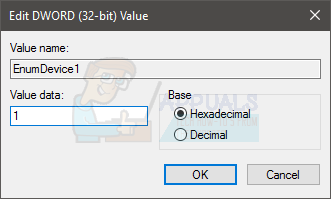
- Exit the registry.
Restart your computer and recheck the error; hopefully, your DVD drive has reappeared.
Note: The filters are, in most cases, the cause of the CD/DVD drive letter disappearing from Windows Explorer, which is why this is the most popular fix. If you are not confident about fiddling around with your computer’s registry, simply download this .zip file, run the .reg file inside, and it will delete the entries for you.
Method 2: Use a Microsoft Fix-it Tool.
Download the Microsoft Fix It tool, designed to troubleshoot issues pertaining to CD and DVD drives. For computers running Windows XP, Vista, or 7, this Fix It can be found here. For computers running Windows 8 or 8.1, this Fix It can be found here.
Run the Fix It utility.
When prompted by the utility, click on Detect problems and apply the fixes for me.
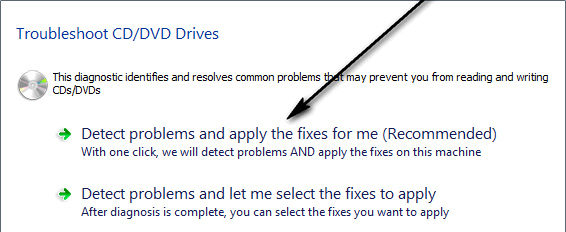
If the problem is indeed caused by messed up lower/upper filters, the Fix It tool will detect and successfully resolve the issue.
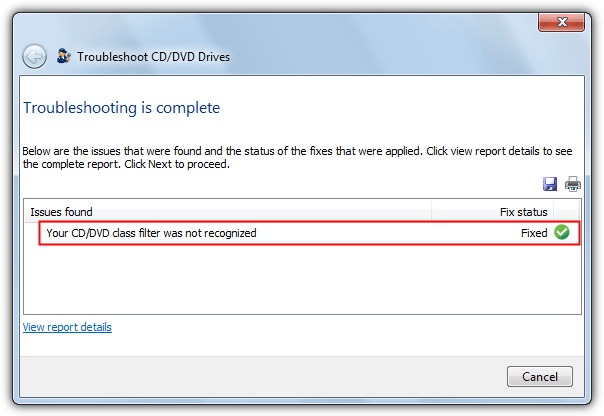
Method 3: Manually Assign a Letter to Your CD/DVD Drive.
In the event that your CD/DVD drive is not visible in Windows Explorer because Windows has not assigned a letter to it, manually assigning a letter to the drive will do the trick.
Press the Windows key once.
Type “diskmgmt.msc” into the search bar and open the program.
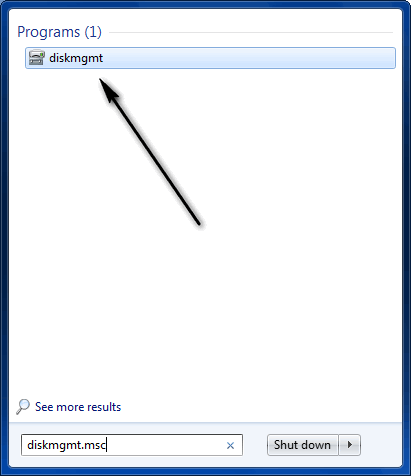
In the bottom half of the Disk Management window, check to see if there is no letter assigned to CD-ROM 0 or CD-ROM 1.

If there is no letter for the CD/DVD drive, right-click anywhere on or near the term ‘CD-ROM’ and click on ‘Change Drive Letter and Paths.’
Click on ‘Add.’
Open the dropdown menu in front of the ‘Assign the following drive letter’ option, and select a drive letter for your CD/DVD drive.

Click on OK.
Back in the Disk Management window, press F5 to perform a refresh. Upon completion, the respective letter will be assigned to the CD/DVD drive.
Method 4: Uninstalling DVD Drivers
Uninstalling your DVD drivers and then restarting your system should be the next thing on your list. Uninstalling a driver might seem illogical, but Windows has its own generic drivers for every device. So, if you reboot the system after uninstalling a specific driver, Windows will automatically install a driver for that device. Since Windows’ own drivers are the most compatible versions, this is bound to work.
Follow the steps given below to uninstall the DVD drivers:
- Hold the Windows key and press R.
- Type ‘devmgmt.msc’ and press ‘Enter‘.
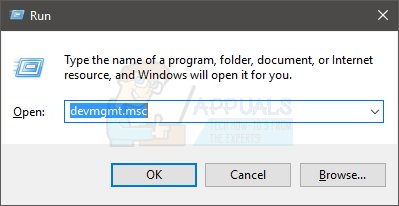
- Locate and double-click DVD/CD-ROM drives.
- Here, you will see your DVD/CD drivers. Right-click the first driver and select ‘Uninstall’. Confirm any additional prompts. Repeat this for all the drivers you see under DVD/CD-ROM drives.

- If you can’t see any drivers under DVD/CD-ROM drives, then click “View” and select “Show hidden devices.” Your DVD/CD drivers should be visible now. Right-click the newly shown drivers and select “Uninstall.
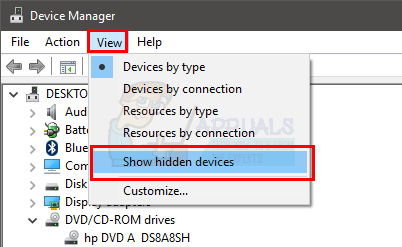
Once done, restart your system. Windows should automatically install the most compatible versions of drivers once the computer is rebooted. Your problem should be solved.
Method 5: Uninstalling IDE ATA/ATAPI Controllers.
If method 4 didn’t work, then do the following:
Note: Make sure you have followed Method 2 before following the steps given in this method.
- Press the Windows + R keys to open the Run dialog box.
- Then type ‘devmgmt.msc’ and press ‘Enter’ or click ‘OK’.
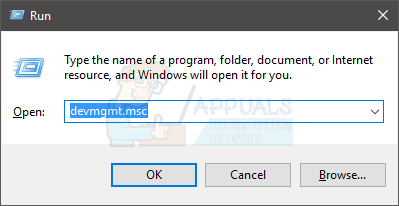
- This will open the Device Manager window, displaying a list of drivers and software.
- In this list, find the IDE ATA/ATAPI Controllers and double-click them.
- Look for the drivers named ATA Channel 0 or ATA Channel 1. You might see just one or multiple of these drivers. You might even see 3 ATA Channel 0 drivers. So, don’t worry.
- Delete all ATA Channel 0 and ATA Channel 1 drivers by right-clicking and selecting ‘Uninstall’ for all the drivers within the IDE ATA/ATAPI Controllers.
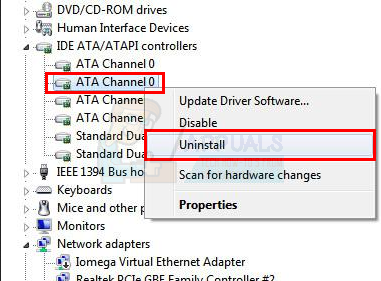
After completely uninstalling all of these software programs and drivers, restart the computer. Windows will automatically configure the drivers, and your issue should be resolved afterward. Check to see if your DVD drive has returned.
Note: If a restart didn’t help, try restarting again. Many users have confirmed that the problem was resolved on their second restart.